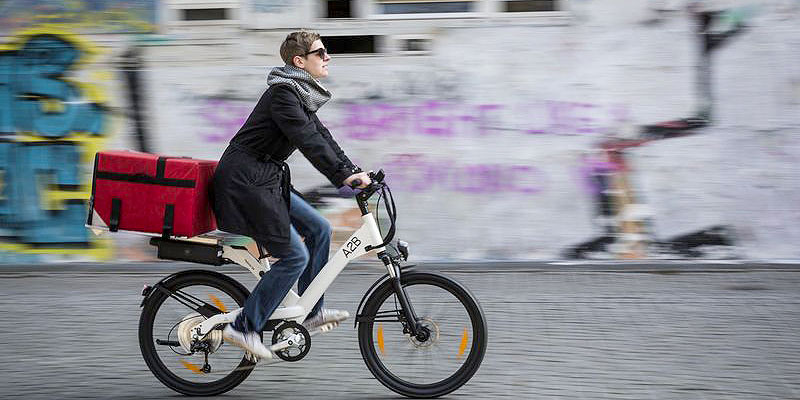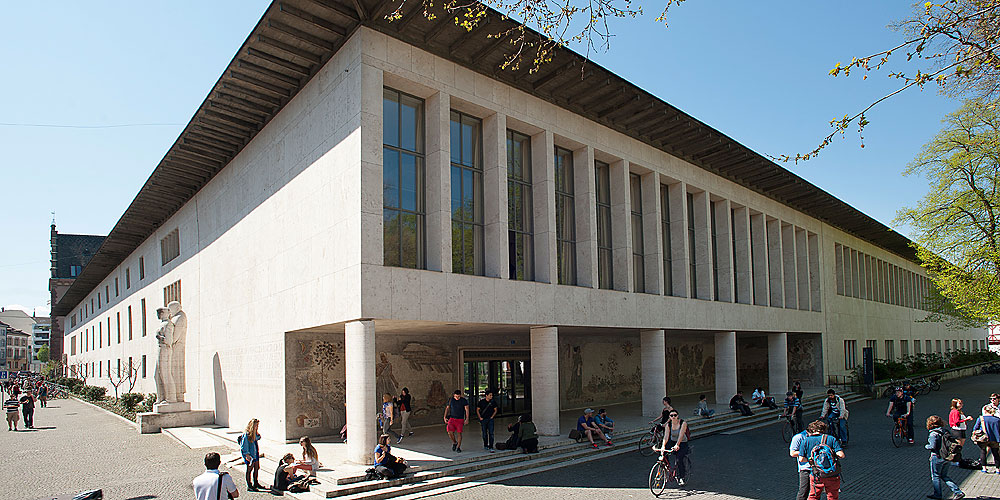The role of the e-bike in promoting health and fitness is comparable to that of a conventional bicycle. This was reported by researchers of the University of Basel in the Clinical Journal of Sport Medicine. In particular, overweight and untrained individuals can benefit from riding an e-bike.

Since the 16th century, Basel has been home to a mysterious papyrus. With mirror writing on both sides, it has puzzled generations of researchers. A research team from the University of Basel has now discovered that it is an unknown medical document from late antiquity. The text was likely written by the famous Roman physician Galen.

Electrical circuits are constantly being scaled down and extended with specific functions. A new method now allows electrical contact to be established with simple molecules on a conventional silicon chip. The technique promises to bring advances in sensor technology and medicine, as reported by researchers from the University of Basel and IBM Research – Zurich.

The world’s insectivorous birds consume annually 400 to 500 million tons of prey and they thereby use as much energy as the megacity New York. As zoologists calculated, insectivorous birds especially in forested areas play a significant role in the suppression of pest insects.

Within the immune system, so called plasmacytoid dendritic cells (pDCs) play a relevant role in the protection against viral infections. However, pDCs have also been associated with auto immune syndromes. A research team of the University of Basel could finally solve the puzzle about of their origin.

Parkinson's disease was first described by a British doctor more than 200 years ago. The exact causes of this neurodegenerative disease are still unknown. In a study recently published in eLife, a team of researchers led by Prof. Henning Stahlberg from the Biozentrum of the University of Basel has now questioned the previous understanding of this disease.
In conjunction with the global budget for the 2018 – 2021 performance period, the University of Basel decided to examine the possibility of a general increase in tuition fees. After in-depth evaluations and ongoing discussions, the University Council has decided to retain the current tuition fees. The University of Basel considers it important to be able to continue to offer attractive and competitive conditions for students from both Switzerland and abroad.

The way people view the social exclusion of others varies – depending on how much they think the excluded person is to blame. However, this is heavily influenced by how similar the group members are to each other.
Researchers at the University of Basel’s Biozentrum have developed a method for tracing the movement of proteins within the cell. They tagged proteins with tiny nanosensors, so-called nanobodies, which enable the scientists to live track and trace the proteins' pathway through the cell.

